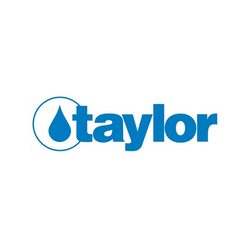At Perfect Pool Products, we are a trusted destination for top-quality pool and spa products, accessories, and supplies. With a firm belief that your pool or spa must be a source of joy and not become stressful, we offer products and supplies to make pool maintenance easier, more efficient, and more affordable. As a business focused on sustainable pool solutions, we deliver products that keep your pools and spa pristine and offer more time for enjoyment and bonding with friends and family. We have been in this business for years and know the needs and aspirations of pool and spa owners.
We cater to the needs of different clients, including homeowners, pool service professionals, and commercial property managers across the United States. Whether you need a small part for replacement or an ultramodern system for the pool, you will find anything you need in our catalog. We are committed to offering high-quality pool supplies at the most affordable prices and unmatched customer service. From pre-sale questions to post purchase support, our team assists you every step of the way.
 Trusted By Pool Owners Nationwide
Trusted By Pool Owners Nationwide


















































